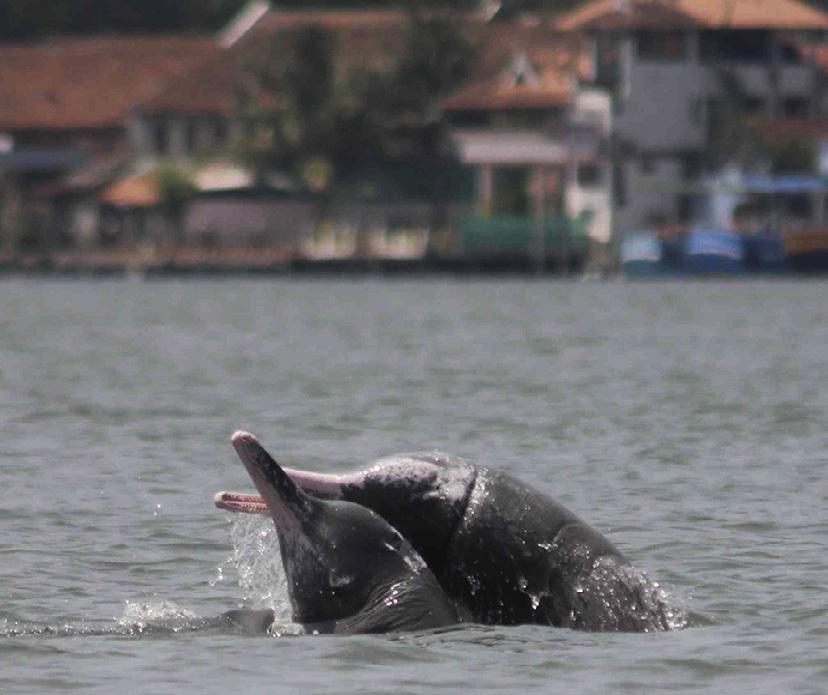Divya Panicker
Other projects
This study would be aimed at identifying ecological and anthropogenic factors determining distribution and behaviour of the humpback dolphin in estuarine ecosystems along the southwest coast of India. Coastal stakeholders (e.g. fishermen, port authorities, tourism operators) attitudes towards dolphins would be evaluated to assess their perceptions and to raise awareness towards dolphin conservation.

Coastal ecosystems such as estuaries support multiple human needs (food production, tourism and defense). With nearly 50% of the world’s population living in coastal areas, activities such as alteration of coastline, building of ports, high vessel traffic and unsustainable fishing result in modification of coastal ecosystems, habitat degradation and prey depletion. This poses a threat to wild species in these areas (Wang et al 2004, Yousuf et al 2008, Lalmohan 1985). Coastal cetaceans like Indo-Pacific humpback dolphins (Karczmarski 2000) inhabit estuarine areas of depths up to 20m with associated prey (Hung and Jefferson 2004, Barros et al 2004, Reeves et al 2011). Although listed as ‘near threatened’ by IUCN (2008), estimates suggest that Indo-Pacific humpback dolphin populations have undergone a reduction of 30% over a period of three generations and continue to decline (Reeves et al 2011). Additionally, fishing communities around the study sites suggest a negative interaction between dolphins and fishing activities. It is therefore critical to assess the impacts that human activities have on this species.
Through this study we propose to carry out a comparative evaluation between a major port (having more than 10,000 tonnes of cargo traffic per annum) and a minor port (having less than 10,000 tonnes of cargo traffic per annum) based at the estuaries of Kochi and Munambam respectively, with respect to estuary use by dolphins, their behaviour and perception of people towards dolphins in the southwest coast of India. This would encompass surveying the coastal area in and around the selected estuaries in order to get a better understanding of the cetacean distribution in general and more specifically of the Indo-Pacific humpback dolphins in the larger area. Ecological factors namely prey availability and other environmental parameters and anthropogenic factors namely boat traffic, fishing intensity and water pollution would be quantified in order to assess their influence on the distribution of dolphins. Variations in habitat specific behaviours in dolphins as a response to ecological and anthropogenic factors discussed above would be determined. Coastal stakeholders (e.g. fishermen, port authorities, tourism operators) attitudes towards dolphins would be evaluated to assess their perceptions and to raise awareness towards dolphin conservation.